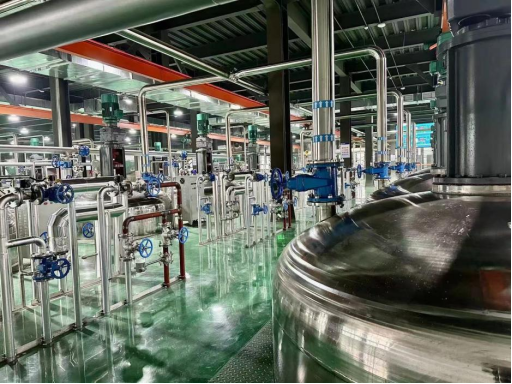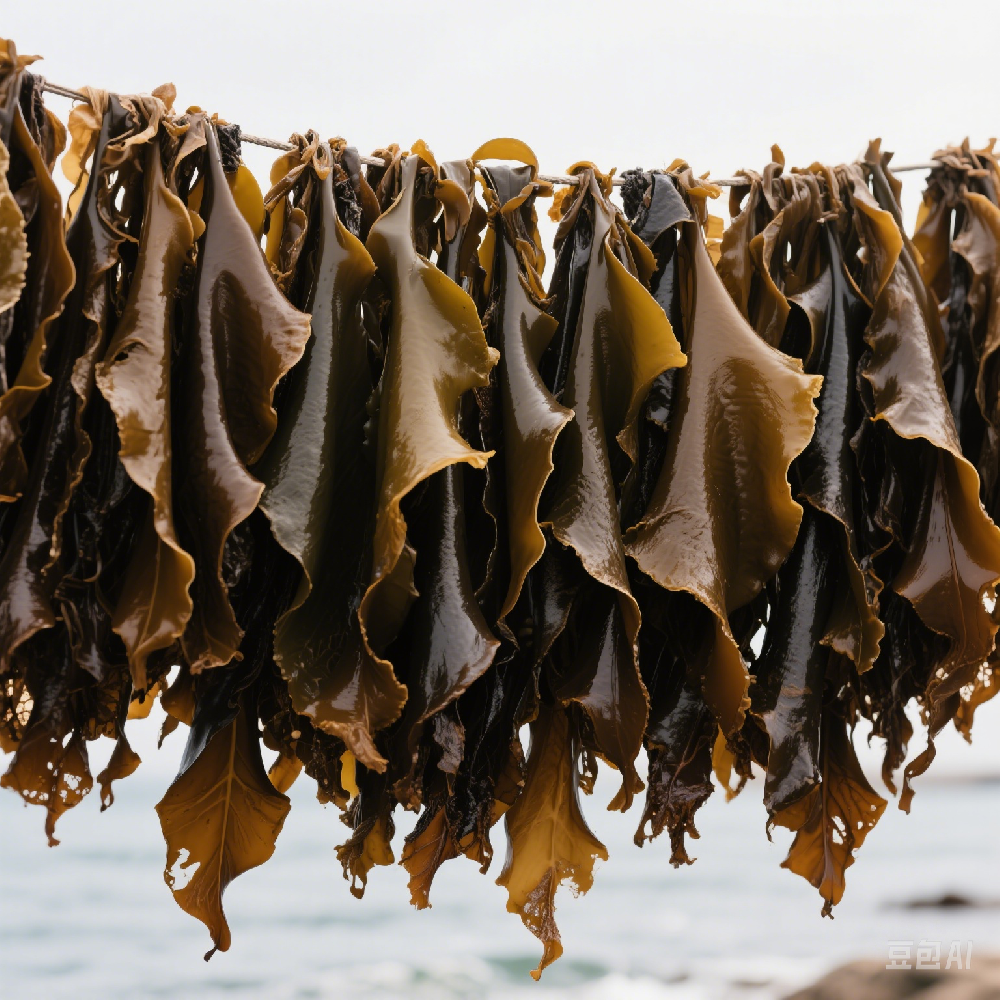Under the growing impact of global climate change, low-temperature stress has become a major challenge limiting agricultural productivity. When exposed to cold, crops often suffer from membrane damage and metabolic disruption, leading to stunted growth or even death.
To address this, Seawin Biotech has developed the innovative biostimulant APAA (Anti-Stress Functional Factor). With its outstanding performance under low-temperature conditions, APAA expands the scope of its application—even in harsh environments ranging from -5°C to 5°C. It helps maintain root vitality and leaf function, enhancing crops’ cold resistance by more than 40%.
APAA offers a breakthrough solution to ensure stable yields despite cold weather and protect farmers from losses caused by cold waves.
1. How APAA Protects Plants Against Low-Temperature Stress
1.1 Activating Cold-Resistance Signaling Pathways
APAA enhances plant resistance to low temperatures by activating key signaling pathways. Through the trehalose pathway, APAA triggers the CmABF2/3–CmPIP2;3 transcriptional regulatory module. This activation, in turn, stimulates the antioxidant pathway. Notably, CmPIP2;3 significantly promotes the transfer of apoplastic H₂O₂ into the cytoplasm, effectively boosting the plant’s cold tolerance.
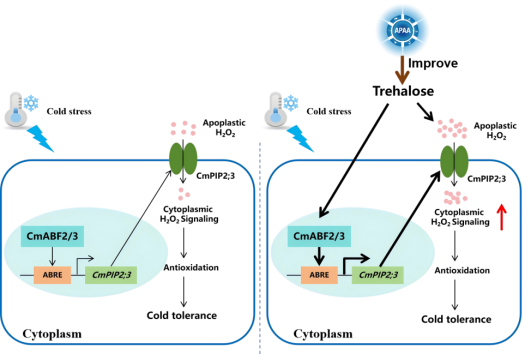
Figure 1. Molecular Mechanism of APAA in Enhancing Cold Resistance
1.2 Optimizing Carbon Allocation
APAA enhances plant performance under cold stress by optimizing carbon source distribution. It prioritizes the transport of photosynthates to above-ground parts, alleviating energy limitations caused by low temperatures. Meanwhile, it dynamically regulates root vitality—suppressing excessive energy consumption during stress periods and rapidly reactivating regenerative capacity during recovery.
Under low-temperature conditions, APAA promotes the conversion of intracellular starch into soluble sugars and unsaturated fatty acids, thereby strengthening the cell’s cold resistance.
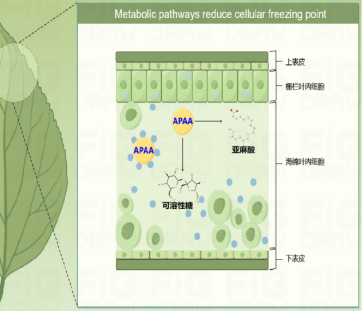
Figure 2. Pathway of APAA Enhancing Soluble Sugar and Unsaturated Fatty Acid Accumulation in Cells.
2. APAA Cold Resistance Case Study
2.1 Mechanism Study of APAA’s Cold-Resistance Effect
Trial: Evaluation of APAA’s Cold-Resistance Effect on Basella alba (Malabar Spinach)
Treatments: γ-PGA, APAA
Treatment Conditions: Exposure to low temperature at 5°C
Tested Products: Control (CK): γ-PGA (150 g/L), APAA: (40 g/L)
Evaluation Parameters: Morphological and physiological indicators of Basella alba after treatment
Experimental Design Overview:
As shown in Figure 3, two root irrigation treatments were applied after the seedling stage, with a 5-day interval between applications. Both treatments were diluted 500-fold (0.6 mL of treatment solution in 300 mL of water). The first sampling (T1 – before cold treatment) was conducted one day after the second application.
The treated plants were then transferred to an artificial climate chamber for further testing. Initial conditions were set at 25°C with a photoperiod of 10 h light / 14 h dark to simulate winter conditions, and light intensity of 500 μmol·m⁻²·s⁻¹.
Temperature was gradually lowered to 5°C at a rate of 2℃·h-1. Simultaneously, light intensity was reduced at a rate of 20 μmol·m⁻²·s⁻¹·h⁻¹ until it reached 300 μmol·m⁻²·s⁻¹. After maintaining these conditions for 3 days, the second sampling was conducted (T2 – after cold treatment).
Subsequently, temperature was increased back to 25°C at the same rate 2℃·h-1, and plants were cultivated for another 3 days before the third sampling (T3 – after recovery at room temperature).
Physiological indicators such as root vitality, soluble sugar content, and starch content were measured.

Figure 3. Schematic Diagram of the Experimental Procedure

Figure 4. Growth Performance of Basella alba at Different Stages under Various Treatments
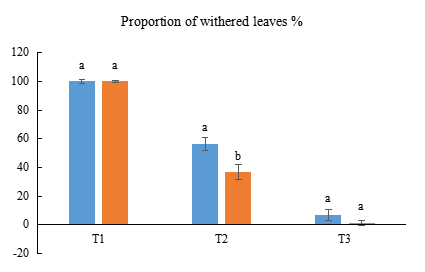
Figure 5. Differences in Leaf Wilting at Various Stages under Different Treatments
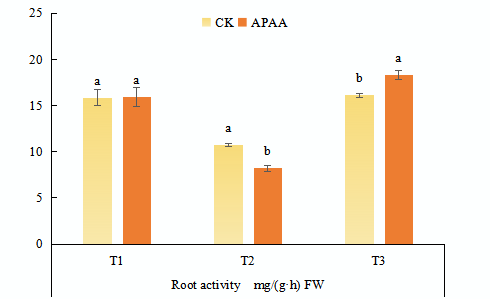
Figure 6. Differences in Root Vitality at Various Stages under Different Treatments
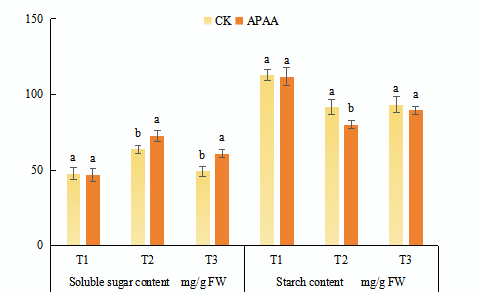
Figure 7. Soluble Sugar and Starch Content in Leaves under Different Treatments
Experimental Results:
As shown in Figure 4, Basella alba treated with APAA suffered less damage under low-temperature conditions (T2) and exhibited faster recovery under room temperature conditions (T3).
Figure 5 illustrates the differences in the proportion of wilting leaves under various treatments. At low temperature (T2), the APAA-treated plants had fewer wilted leaves, demonstrating stronger cold resistance.
According to Figure 6, root vitality in the control (CK) treatment was significantly higher than in the APAA treatment after low-temperature exposure (T2) (p < 0.05). However, during recovery at room temperature (T3), root vitality in APAA-treated plants increased more rapidly and was significantly higher than in CK (p < 0.05).
Figure 7 shows significant differences in soluble sugar and starch content between the two treatments after cold exposure (p < 0.05). APAA-treated plants had higher soluble sugar levels, while CK plants had higher starch content. After recovery at room temperature, APAA-treated plants maintained significantly higher soluble sugar content (p < 0.05).
These results indicate that APAA helps maintain leaf function during cold stress by preferentially allocating resources to above-ground parts—such as reducing root vitality and increasing soluble sugar supply. During recovery, APAA accelerates regeneration by activating root recovery mechanisms.
2.2 APAA Promoting Growth under Low Temperature
Trial: Evaluation of APAA’s Growth-Promoting Effect on Romaine Lettuce under Low Temperature
Treatments: CK (Competitive Fertilizer, root irrigation), T1 (APAA)
Application Method and Dosage:
Root irrigation 7 days after transplanting (500 mL per acre for all treatments)
Trial Conditions: Growing temperature: 15°C (day) / 10°C (night)
Evaluation Method:
Regular monitoring of plant growth after treatment and yield measurement at harvest

Figure 8. Growth Differences of Romaine Lettuce under Different Treatments
Table 1. Differences in Agronomic Indicators of Romaine Lettuce at Harvest under Different Treatments

Trial Results:
The application of APAA effectively alleviates growth stagnation in crops under low-temperature conditions. Romaine lettuce treated with APAA showed faster growth, allowing for earlier harvest and market entry, resulting in higher net returns.
3. Conclusion
APAA enhances plants’ cold resistance by regulating intracellular carbon source allocation and activating trehalose-mediated hydrogen peroxide signaling pathways. It significantly improves crop tolerance to low temperatures.
Pre-treatment with APAA before cold stress reduces leaf damage, while post-treatment promotes rapid recovery of leaf function. Field trials indicate that APAA-treated crops maintain high vitality during cold seasons, with nutrient accumulation increasing by over 10%. This leads to a shortened growth cycle by 7–10 days and earlier harvest, while ensuring yield stability.

